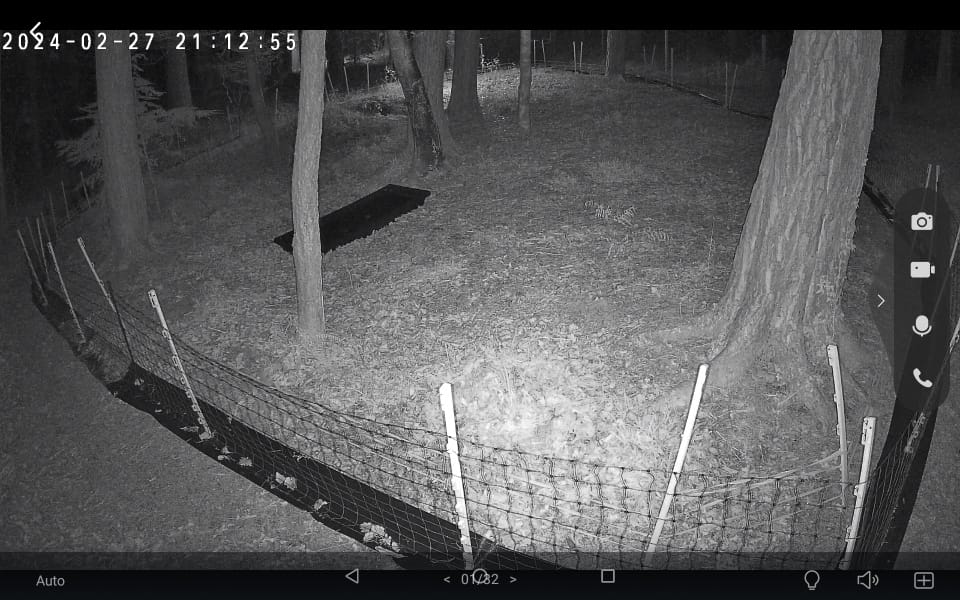28 February, 2024
It's been some time since we had any resident badgers, and even longer since this site had any updates, but now we are ready for two new badgers, both females. One from Cork and one from Monaghan, both summer cubs now in the care of our friends at Kildare Wildlife Rescue.

A few things have changed since we first started doing soft releases of badger cubs over ten years ago.
Most importantly, some progress has been made by the Dept of Agriculture in vaccinating badgers against bovine TB. Our location is no longer the only one in Ireland where orphaned badgers are released back into the wild (all vaccinated against TB).
And some things have not: illegal persecution of badgers, badger baiting, and a high death toll on the roads all continue, as does official culling in areas with TB outbreaks in cattle.
At our release location we now use a layer of plastic below the electric fence used to confine the badgers temporarily, something we learned of from fellow chicken keepers to keep them safe from hungry predators. Ensuring that the fence doesn't come in contact with the ground or plants around it optimises the effectiveness of the zap delivered to the nose of any sizeable animal coming in contact with it. (Rats and mice will happily pass through it unaffected).
The fence is now mains powered, via some buried cable. A ribbon of warning tape at badger nose level is energised with pulses from a battery-powered energiser. This ensures some continuous escape deterrence in the event of a power outage – not uncommon in winter here.
Running electricity into the wood meant it was possible to install CCTV cameras. Currently there are two, one overlooking the sett, and another from which the image above was taken at the far end of the enclosure.
Our local badger population, judged by the numbers passing by trailcams in the wood in recent years, has been sparse. However, things have picked up recently. Last summer we had a family group, two adults and two cubs, visit an unoccupied sett in the wood a few times, and in the last couple of months it we have had some regular through traffic from two, and on one occasion three, badgers. They'll surely become aware of arrivals in the wood.
Here's one of a pair of visitors who arrived half an hour apart last night, making a slightly exuberant entrance, then pausing to pick up and leave some scent marks. The flashes (invisible to badgers) occur when the trailcam takes a photograph with infra-red light.
Every morning I check the CCTV cameras for overnight visitors. However, the motion-activated recording is triggered by rain and spotting a passing badger in hours-long recordings would be impractical. The trailcam, triggered by a heat-sensitive infrared sensor and not by rain, is useful for getting an idea of the frequency of passing badgers without scrolling through hours of CCTV. Sometimes it's handy for checking CCTV recordings at a given time-if I happen to have just swapped the chip in the trailcam; ordinarily I do that every few weeks when taking photos with it.
It seems a pair of badgers may have moved in somewhere nearby at the end of last year and have started passing through the wood with increasing frequency: a few times in December, 11 times in January, and 23 times so far in February.
This video, captured earlier in the month, gave a clue that their sett is not far away
Two things are notable: the early appearance of this badger (note the time) suggesting it recently left a sett, and the vigorous territory marking. The other badger had passed minutes earlier when the sky was still light and turned left into the main body of the wood. Previously our passing badgers tended to pass in the middle of the night.
After a long period with very little badger activity in this neck of the woods things may be looking up.